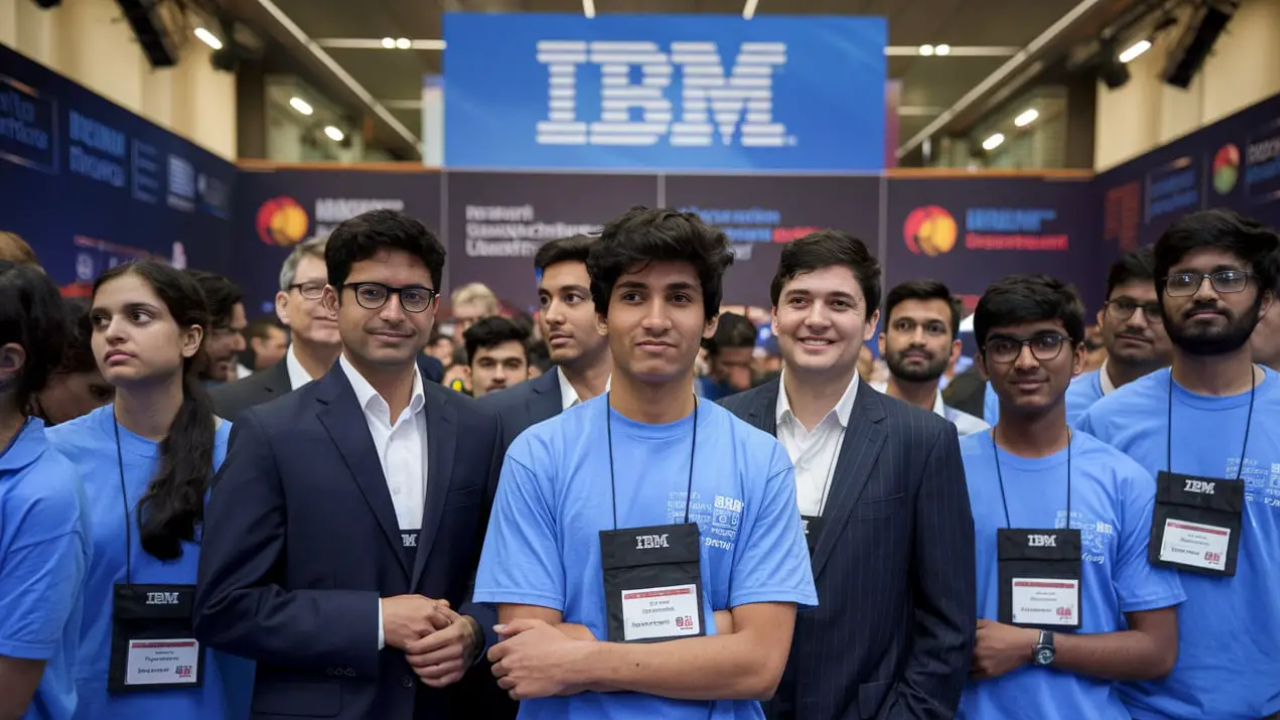
In May 2025, IBM announced its AskHR chatbot automated most routine HR tasks, having “replaced the work of a couple hundred human resources workers” according to CEO Arvind Krishna.
Contrary to viral claims of 8,000 layoffs, IBM said overall headcount has “gone up” as AI freed budget for new tech hires. The announcement sparked global debate on automation’s limits.
Why IBM Embraced HR AI

One year earlier, IBM CEO Arvind Krishna had warned that roughly 30% of back-office roles could be automated over five years. The company aimed to cut redundant tasks: by 2025 AskHR handled 94% of routine inquiries, freeing HR staff for strategic work.
IBM’s CHRO said the AI push was “the only way out” of growing compliance and budget pressures.
Employee Experience
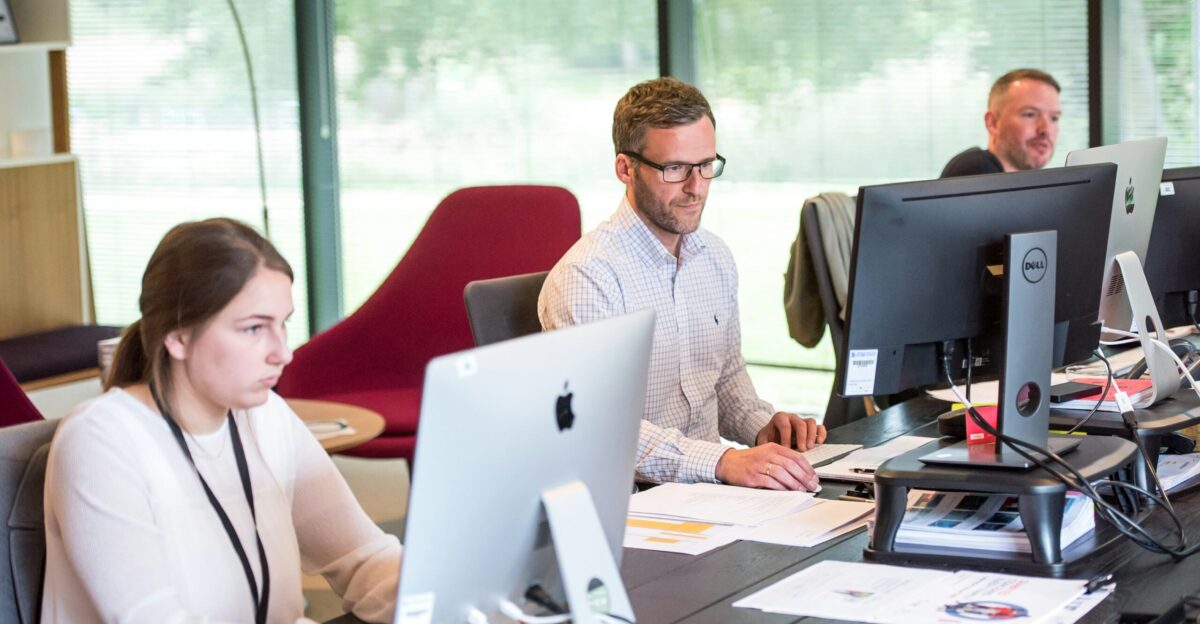
Inside IBM, the rollout had rocky results. Employees initially bristled at the AI shift. After forcing AskHR usage, internal HR satisfaction plunged (eNPS from +19 to −35). Later the chatbot improved: by 2024 it resolved 94% of queries and eNPS rebounded to +74.
Still, IBM’s CHRO warns that AI “will never have the judgment, wisdom and experience” humans bring.
Talent Reallocation
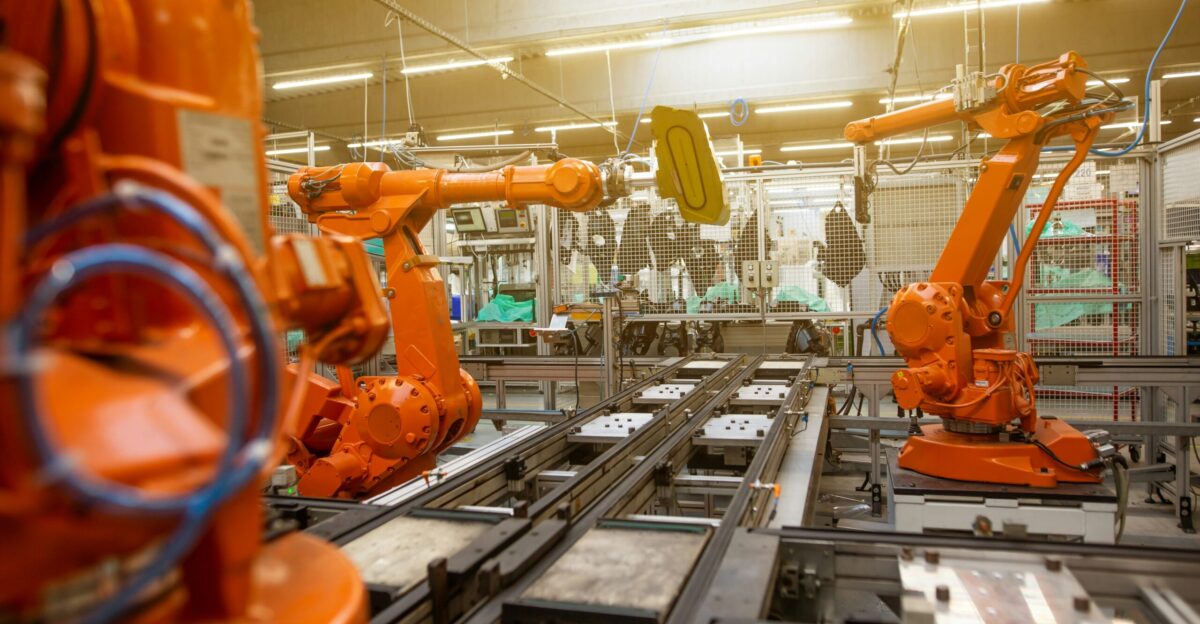
As a result, IBM shifted focus to new skills. Rather than shrinking, it redirected talent. Freed by automation, it hired heavily in engineering, sales, and cloud divisions. As CEO Krishna noted, IBM’s total headcount has “actually increased”, adding jobs in software development and client-facing roles.
“We’ve added more roles than we’ve removed,” Krishna said, emphasizing investment over cuts. These specialized hires aim to complement, not replace, technology initiatives.
Upskilling for the AI Age

Industry observers see a wider trend: IBM’s strategy catalyzed an industry shift. Companies nationwide created hybrid positions like AI trainers, data annotators, and ethics officers. Tech firms launched retraining programs: a WEF survey finds 77% of employers plan workforce reskilling for AI.
As one expert noted, “Bringing on an AI agent is not necessarily a senior hire”—success requires human guidance alongside machines.
International Impact

Worldwide, similar dynamics are playing out. IBM’s AI experiment echoed globally. A WEF report projects 170 million new jobs by 2030 (with 92 million displaced) as automation reshapes industries. Tech hubs in India and Southeast Asia see rising demand for AI developers, while call-center regions face pressure.
Roles like administrative assistants and cashiers are predicted to shrink sharply in advanced economies.
Personal Stories

For workers, the change was personal. Many IBM employees pivoted careers. Some retrained as coders or AI consultants; others moved into cloud and analytics teams. Observers note “AI is replacing tasks, not entire roles—at least not yet”.
Those who adapt thrive: HR professionals skilled in AI tools and data analysis are now “not just safe – they’re essential”, according to industry analysts.
Policy Response

Leaders also took note. IBM’s case spurred debates in government. In the US, policymakers propose tax credits for companies that retrain displaced workers, warning that failing to do so could create a “permanent underclass”.
Europe’s new AI Act (2024) mandates transparency in automated systems, and labor groups demand protections. Debates now focus on balancing innovation with job security and welfare.
Productivity Gains vs. Costs

In parallel, IBM reported big AI-driven gains. The company says AI delivered $3.5 billion in productivity improvements over two years by automating routine work. Economists suggest such efficiency could temper inflation, although demand for AI and software specialists drove up tech-sector salaries.
Surveys indicate tech wages rose around 10% in 2024. Overall, the net effect on corporate costs remains under debate.
AI Meets Brick-and-Mortar

Inspired by IBM’s example, many retailers modified their automation plans. Most use chatbots for simple FAQs but ensure human staff handle complex requests.
Surveys show roughly 49% of customers prefer speaking to a person over a chatbot, so companies blend AI and human agents to maintain service. This hybrid approach aims to cut costs without harming satisfaction.
Reinventing Guest Service
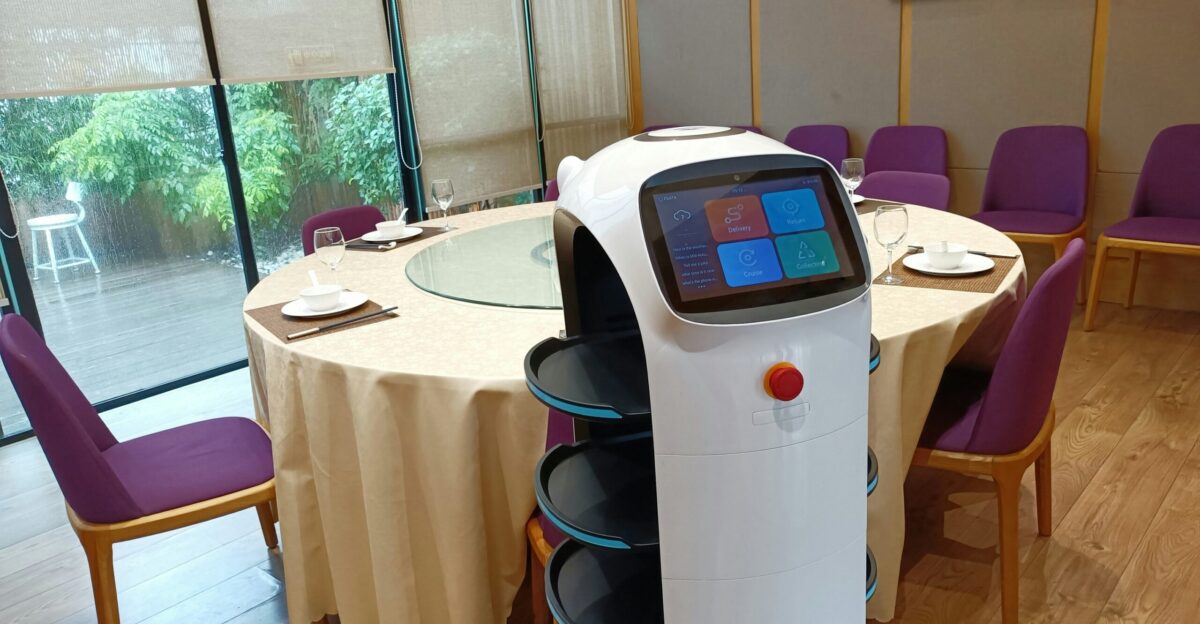
Restaurants and hotels also recalibrated their approach. Automated kiosks and AI concierges handle routine inquiries, but guest feedback shows they still prefer personal service on complex issues.
Many chains now emphasize staff presence: AI helps with bookings and billing, while personnel manage complaints and personalization. This blend of tech and human care boosts guest satisfaction.
Supply Chains and Tech Partners Respond

At the same time, IBM’s tech partners saw a boost. Demand for cloud and AI integration services surged as companies adapted. Consulting firms report growing AI project engagements, and staffing agencies now offer reskilling programs.
Major software vendors (Microsoft, Google, etc.) saw record cloud and security business, illustrating how automation boosted demand in related industries.
Consumer Reality
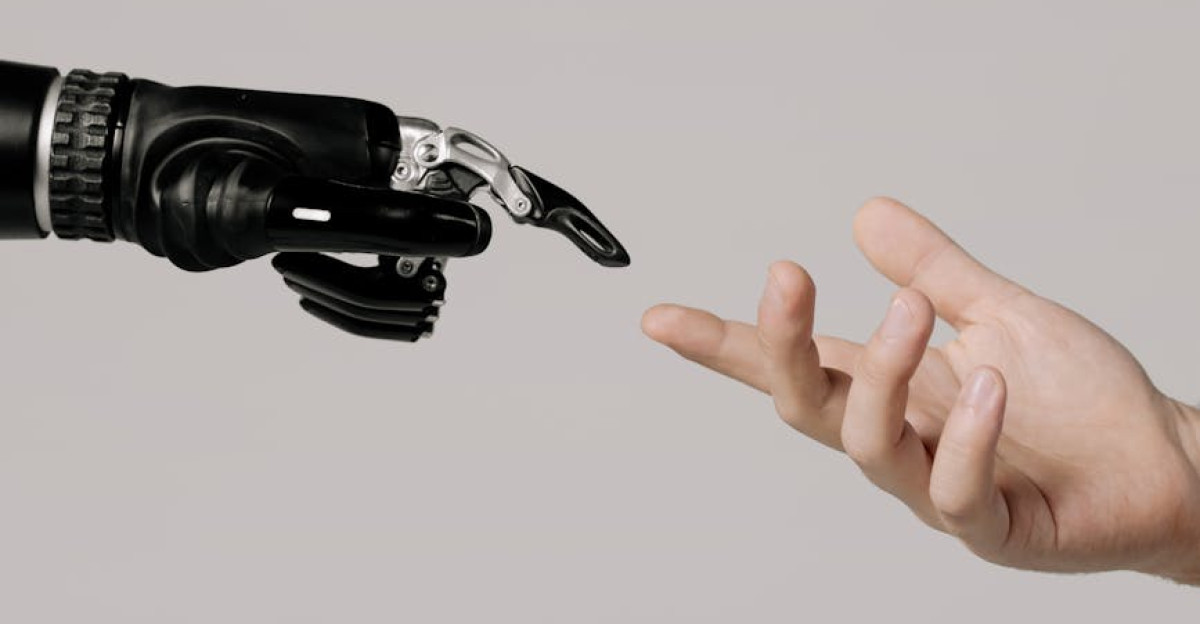
From a consumer perspective, the changes have been mixed. Many companies now offer 24/7 AI assistants for routine queries, giving quick answers. However, customers still value human contact: a survey found roughly half still prefer human help for complicated issues.
Businesses responded by blending chatbots with live agents, ensuring AI boosts efficiency without eroding service quality.
The Human Side of Change

In turn, this tech shift affected workplace wellbeing. Many firms expanded mental health support and training budgets, recognizing the stress of transition. Employees reported anxiety but also excitement at new opportunities.
Global reports emphasize that “cognitive skills and collaboration” remain critical alongside technical expertise. Companies now stress creativity and flexibility in career development.
Societal Debate

Public debates intensified. IBM’s story highlighted ethical and cultural questions about automation. Critics warned of joblessness and social costs, while advocates highlighted AI’s promise to free humans from drudgery.
As IBM’s CHRO put it, “AI will only take jobs where growth isn’t expected… but the pie is growing”. Environmentalists also noted that fewer commutes and smaller offices could cut emissions, adding a green perspective.
Winners and Losers

As a result, some sectors and regions benefited more than others. Entry-level HR and admin roles have shrunk, while demand surged for AI developers, data analysts, and cybersecurity experts.
WEF forecasts growth in tech and care jobs by 2030, whereas roles like administrative assistants and cashiers will decline. Outsourcing firms and training providers have profited from the reskilling boom.
Market Reaction

As news spread, investors took notice. IBM’s stock jumped about 14% in early 2025 on news of its AI pivot.
Analysts praised the vision—Wedbush’s Dan Ives said Krishna was orchestrating a “Microsoft-like transformation”—but cautioned it’s early days: “It’s still the first inning in a nine-inning game”. Investors now closely scrutinize AI strategies when valuing tech companies.
Key Takeaways

The IBM saga offers clear lessons. Workers should embrace lifelong learning and hybrid skills. As IBM’s CHRO warns, employees must stay “one step smarter than AI at all times”.
Companies should also balance automation with human insight. A WEF report found creativity, communication, and adaptability will be critical future skills. In this new era, those who augment technology with human skill will gain an edge.
The Future of Work

Looking ahead, firms recognize automation is just a starting point. IBM’s case suggests they must continually refine which tasks to automate and which require human judgment. As Dan Ives noted, this transformation is only beginning.
Experts foresee AI handling data-heavy work while humans focus on creativity and strategy. Companies and workers alike must stay agile as roles evolve.
A New Social Contract

The IBM case illustrates how a single corporate decision can ripple across society, shaping a new social contract. Innovation must be balanced by responsibility. As WEF’s Till Leopold warns, AI brings “unprecedented opportunities and profound risks”.
Meeting this challenge demands adaptable policies, resilient workers, and leaders who value human potential as much as efficiency.